Types of EMT Quick Closures
EMT provides three types of quick-opening closures. If you do not know which one to choose, contact our EMT team. We will always be glad to help.
Lock Ring Quick Closures
The lock ring type quick-opening closure features a lock disc that plays a pivotal safety role. Specifically, when the pressure alarm bolt is not removed, the lock disc remains secure, preventing the handle from rotating. Furthermore, the lock ring expansion device operates on a crank slider mechanism.
To elaborate on the principle of lock ring expansion: as the handle is turned, the guide column connected to it moves along an arc groove. This action alters the distance of the lock block, which in turn adjusts the circumference of the lock ring. Consequently, this allows the expansion and contraction of the lock ring within its groove. Importantly, when the handle is rotated clockwise, the lock block is drawn inward, pressing against the lock ring slot to secure the quick closure door in place. Conversely, turning the handle counterclockwise moves the lock block away, disengaging the lock ring from its slot and enabling the release of the quick closure door.
Clamp Quick Closures
Features of Clamp quick closures
1. The safety self-locking function (blind plate self-locking, shock-proof, anti-loosening, secondary pressure relief when opened) not only prevents the quick opening closure from loosening in the locking process but also prevents the dangerous situation of opening the quick opening closure with pressure again.
2. Sealing ring and surface without relative rotation; the sealing ring is not easy to damage, to better protect the sealing system.
3. The external lock ring turns the old quick opening closure into a three-lobe type, which realizes the simultaneous action and uniform force when locking, reduces the length of the opening screw, and makes the switch more flexible and reliable.
4. Simultaneously increasing the bite force area makes it more suitable for high-pressure, large-caliber natural gas pipelines. The main pressure parts of the quick opening closures are made of 20# or 16MnIII forged steel; the main pressure parts are without welding parts.
Bayonet Quick Closures
It has the advantages of a beautiful appearance, flexible opening and closing, durability, and simple operation.
Opening method
First, unscrew the pressure relief bolt, remove the safety lock device, and turn 1/12 counterclockwise with the after force rod to open it. (Note: When opening the closure again, please check whether the type 0 sealing ring is intact to prevent leakage and pressure relief accidents during work.)
Closing method
In the open state, it can be closed by turning 1/12 with the afterforce rod in the clockwise direction, and then the safety lock device is reset and the pressure relief bolt is tightened. The opening and closing operation of the quick-opening closure is completed.
Precautions Before Operation
- Check if the instrument indications are normal
- Check if there is no leak in the connection between the vessel and the quick closure
- Prepare well necessary explosion-proof tools, fire extinguishers, firefighting felt, and other equipment
- Only one person operates the quick closure and other personnel for supervision
- During the operation, people should not face the quick closure
Common Faults and Handling Methods
Quick Closures Leakage
If the quick closure is still found to have external leakage after normal maintenance, open the quick closure and check whether the closure door is in the middle of the neck. If not, adjust the center of the closure door.1) Use a grease soft pen to mark the sealing ring and groove at positions 3, 6, 9, and 12, respectively. Rotate the sealing ring 90 degrees clockwise to mark them. 2) Carry out normal maintenance and maintenance procedures. 3) Boost the pressure to check the blind plate for external leakage. If there is still leakage, repeat 1), 2), and 3). After repeating it twice, if it does not work, replace the seal ring and repeat 1), 2), and 3).
Risk Identification and Mitigation Measures
| Risk identification and mitigation measures | ||
| Hazard factors | Hazard Sequences | Risk mitigation measures |
| Mechanical injury | Personal injury; casualties | Strengthen work supervision; wear labor-protective articles; your body should not face the quick closure; you should stand on the side. |
| Natural gas poisoning; asphyxia | Casualties | Strengthen the detection of harmful gas concentration; wear a gas mask or breathing apparatus. |
| Fire and explosion | Personal injury; property damage | Strengthen work supervision; detect the concentration of the natural gas; waer labor protective articles; use explosion-proof tools; control all fire sources; prevent the spontaneous combustion of ferrous sulfide in the container; adopt wet operations. |
Summary
EMT offers three quick-opening closures: Lock Ring, Clamp, and Bayonet. Each is crafted for maximum safety and efficiency. Lock Ring closures feature a safety mechanism activated by removing a pressure alarm bolt. This ensures pipelines remain locked under pressure. Clamp closures have a self-locking function and a stationary seal to minimize wear. They are ideal for high-pressure, large-scale pipelines.
Bayonet closures boast an appealing design and are durable and easy to operate. They open and close with a simple turn of the afterforce rod. Safety checks are vital before using these closures. Operators must confirm there are no leaks and proper safety gear is available. If there’s a leak, a step-by-step approach for seal adjustment or replacement is necessary. Risk mitigation measures are also crucial to prevent injuries, gas exposure, and fire risks. These measures emphasize the need for safety equipment, vigilant supervision, and strict protocol adherence.



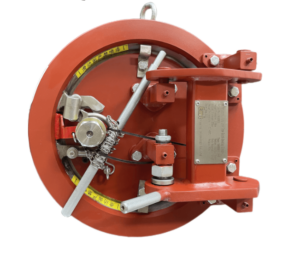
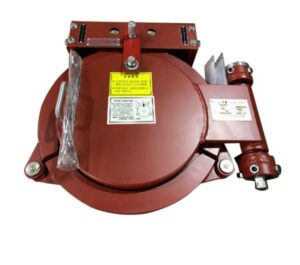
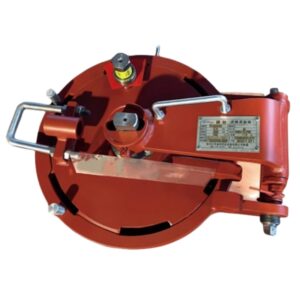
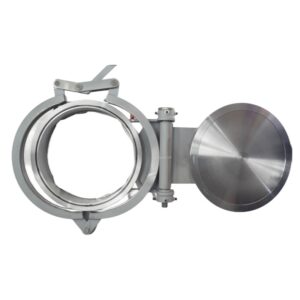
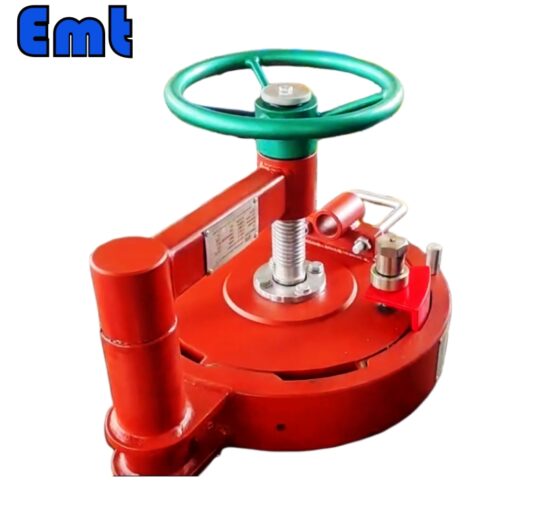
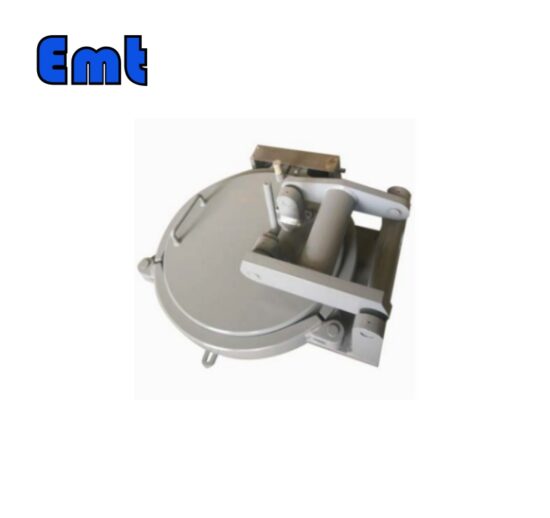
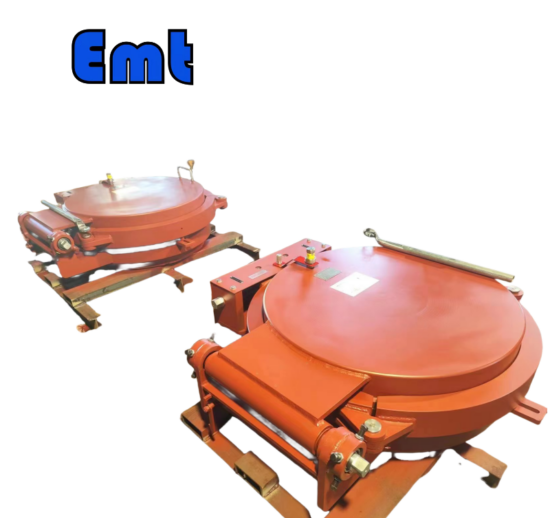
There are no reviews yet.